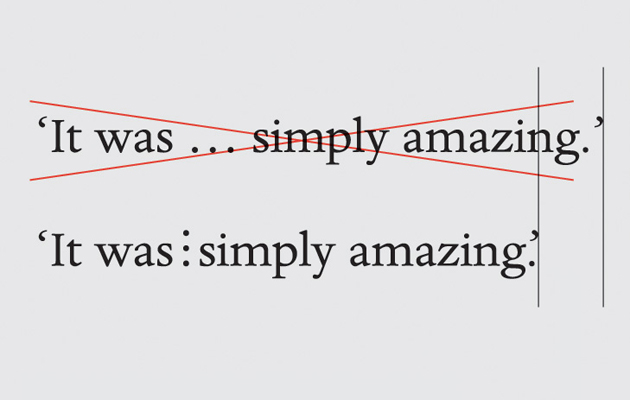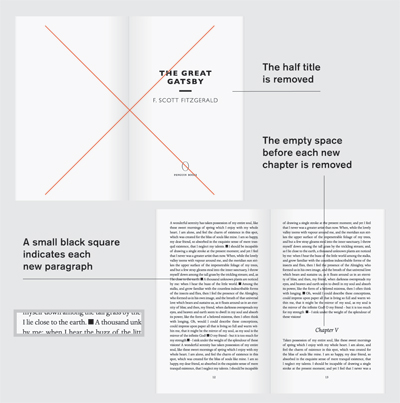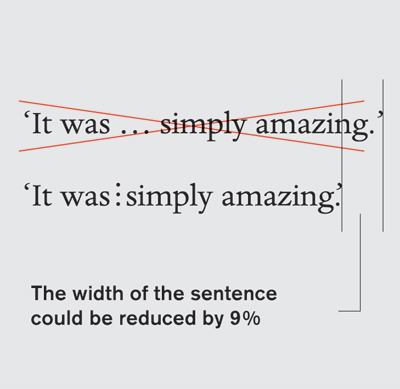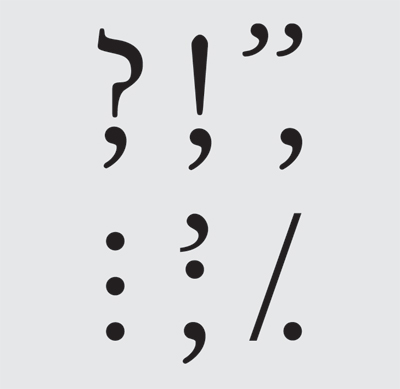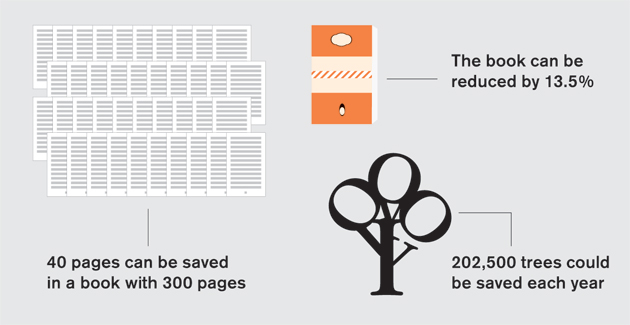|
|
||
|
Swedish graphic-design studio Bedow says it’s time to rewrite the book on blank space In the late 1940s, the German typographer Jan Tschichold devised a set of typographic rules for British publisher Penguin Books. The Penguin Composition Rules were an attempt to standardise the visual language of the publisher’s catalogue, both functionally and aesthetically. More than 60 years later, the Penguin Composition Rules remain an orthodoxy among graphic designers worldwide. The only problem is that Tschichold’s rules were created for an era in which manual typesetting, letterpress printing and traditional bookbinding were almost universal. And, perhaps more importantly, Tschichold could not have anticipated today’s environmental crisis. Penguin Books currently prints around 600 million units every year – a simple calculation shows that this translates as 1.5 million trees. By identifying a series of recurring extraneous spaces throughout Penguin’s catalogue, we have been able to suggest a significant number of improvements to the publisher’s Composition Rules that could save thousands of trees annually. Consider this as an open-source project and feel free to add, remove or improve – for a sustainable future.
Above: The primary function of the half title page was to prevent the inlay from getting dirty before the book’s cover was attached. Modern techniques make this unnecessary; removing it saves two pages per book. Similarly, although starting a chapter on a new page is aesthetically pleasing and gives the reader a little reward after finishing a chapter, if we waive this reward, empty space can be eliminated and pages saved. Using an em-space is a clear indication of a new paragraph, but it also leaves an unfinished line. A black square could be used instead to indicate the start of a paragraph – this would be visible and also saves space
Above: Where one punctuation mark follows another, they could instead be joined into a single glyph, or ligature. Type designers could come up with new, space-saving ligatures in future typefaces |
Words and images |
|
|
Left If only one major publisher changed its routines, this could translate into around 202,500 trees per year. And, if more companies followed suit, entire forests could be saved |
||

